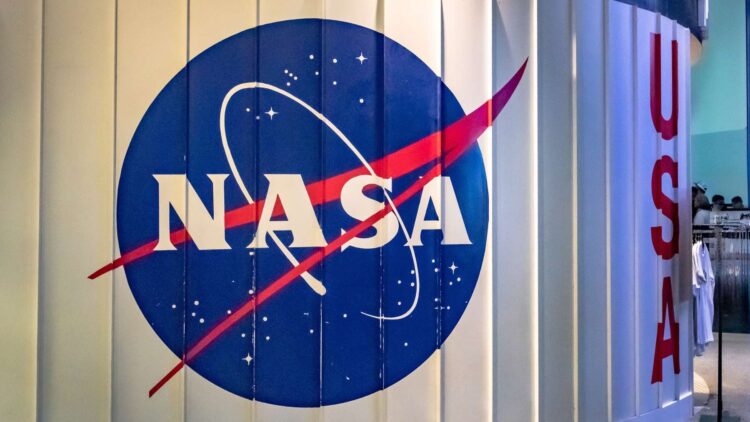Curiosity is a very powerful tool, especially when it is encouraged by others around you, and it can lead to amazing results if you just have a little faith and a lot of luck, as Matteo Paz, a now high school student, discovered when his persistence helped him find some very interesting cosmic phenomena buried in NASA’s data and forgotten archives.
Our story starts when Mateo was in elementary school. Like most of the children his age, he attended a series of talks about different topics, but the ones that stood out the most for him were the ones given by Caltech (California Institute of Technology) personnel about science and astronomy. He was instantly hooked and as time went on, he became more and more invested in space.
Once he reached high school, he took advantage of every opportunity, taking part in the Planet Finder Academy program, which allowed him to continue to pursue his interest. But times have changed in a very short few years, and Mateo now has tools at his disposal, like Artificial Intelligence that not even the best scientists had access to a few years ago.
Mateo Paz’s NASA discovery
Thanks to his participation in the Planet Finder Academy program, Mateo met his mentor, Davy Kirkpatrick, an experienced astronomer at IPAC (Infrared Processing and Analysis Center), who gave him access to the NEOWISE infrared telescope. While this would have been exciting for anyone, it is especially for those that want to expand their knowledge in astronomy and related computer science, as this telescope has been in use for more than ten years, scanning the sky for asteroids and collecting enormous amounts of data on other objects.
To give an idea of the scope of action that it has seen, this NEOWISE infrared telescope alone has recorded the thermal radiation of stars, quasars, and all types of pulsating and eclipsing lights, which astronomers call variable objects. While some of this information is studied by the relevant departments and is highly coveted, especially if there is a particular project underway that is specifically related to some of the data collected, most of it hoes unchecked.
The amount of information the NEOWISE infrared telescope collects is so overwhelming, spanning billions of entries that have to do with so many different subjects that deciphering it seemed nearly impossible, and it was no one’s real job to classify it in a timely fashion. Of course, this would have been impossible until almost now, as most of the tools that could have been used would have required a lot of human power behind them and would have been mostly analogue compared to what we can do today thanks to the advances in Artificial Intelligence.
This is where Mateo and his enthusiasm (and free time) came in. Thanks to his extensive and relevant knowledge of programming, computer science theory, and even his advanced college-level math knowledge, he was able to figure out and carry out a way to organize this ball of data into a comprehensive database to train Artificial Intelligence. He did this in only six weeks, working tirelessly to create a proprietary machine learning algorithm to train the Artificial Intelligence to search for any relevant signs of variability in the telescope data. This relevant data could be as small as changes in the brightness of objects over time, which could be used to figure out interesting cosmic phenomena.
But his time and work were not done after just creating the program, he then spent the rest of the summer identifying and classifying 1.5 million potentially new variable objects. This herculean task will have opened an entire new world of unexplored data from the Universe, which will now be published and made available to the entire scientific community to further their studies of space. NASA must be bursting with excitement at all the new possibilities that have opened up thanks to a very bright student.

